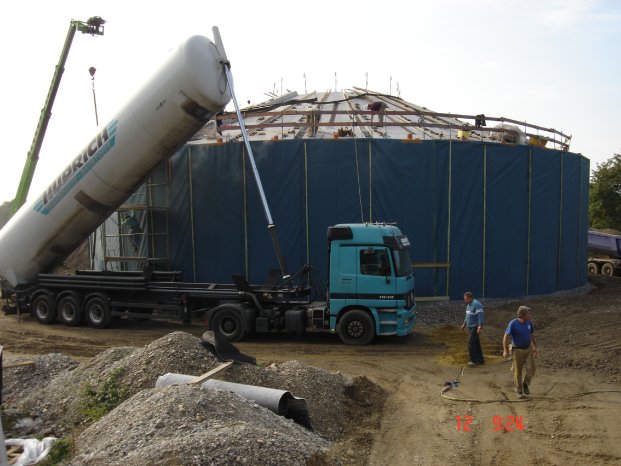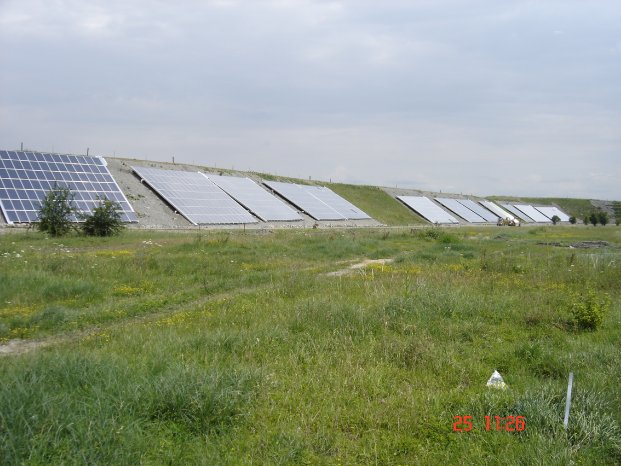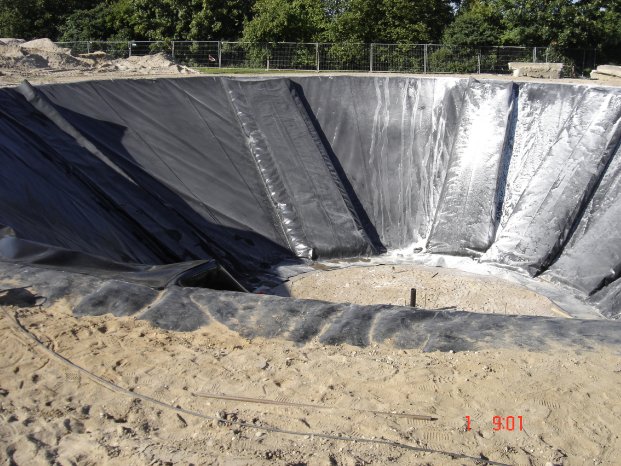The insulating capacity of thermal energy storage systems must meet the demands of storing solar energy for long period by minimizing energy loss.
The learned knowledge of insulation materials used in the two previous generations of energy storage systems left their mark on the way the storage systems are built today.
Depending on the mode of operation and the local conditions, the insulation could be up to 1m (3.3f) thick.
Based on the design criteria, the insulation properties of the thermal energy system need to conform accordingly.
Nevertheless there are basic conditions that need to be met implicitly by the insulation material:
- temperature rating up to 100° C (212° F)
- age and wear-resistant
- resistant to pressure even when immersed in
prolonged wet
- water and steam-resistant
- good drainage properties
- resistant to micro-organism growth and pest proof
- easy installation
Poraver has proven that from concept, through design and to field installation, it is the right product for the application in all aspects without compromise
In a thesis done at the University of Stuttgart the thermal characteristics of insulation materials were tested as well as the heat conductivity of Poraver as loose filling in its worst case soaked state. The results confirm the special properties required of insulation material.
e.g.
- low heat conductivity
- high granule density
- resistant to chemical breakdown
In numerous practical field applications it was further concluded that Poraver is easy to handle as the silos are filled by mechanically blowing-in the insulation.
The innovative light-weight aggregate was among others used for thermal energy storage systems by the University of Stuttgart, as well as for the solar assisted district heating network in Munich, Crailsheim and Eggenstein.
In Munich, e.g. the local geological conditions, the demands on the heat supply system and the general contractors needs resulted in the construction of a tank with a 5700 m³ water capacity.
The cylinder was set up from precast concrete sections.
The outer wall and the cover were insulated with Poraver. The thickness of the wall insulation increases vertically from bottom to top to up to 70 cm (27.5 inches).
Compared to the first and second generation of energy storage systems, the one in Munich was build with a cost savings of 20%.




